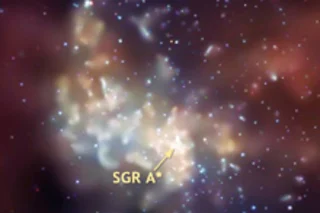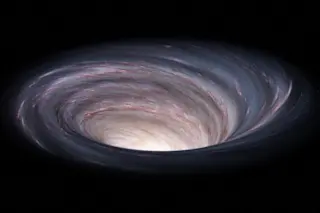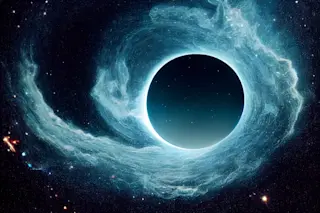Astronomers know that at the heart of every supermassive galaxy is a giant black hole. But new data suggests that the two did not necessarily form in tandem. Instead, black holes may have formed earlier, or at least much more quickly, than their surrounding galaxies. Previous studies had revealed a striking link between black holes and the amount of gas and stars contained in [their] galaxies’ bulges — the regions that lie within a few thousand light-years of the galaxies’ cores. Regardless of their size, the bulges always turned out to be 700 times as massive as the giant black holes at the galaxies’ hubs [Science News]. New measurements of much more distant galaxies, which appear much younger, defy the expected mass ratio. In these younger pairings, the relative mass of the black holes is much greater, hinting that the black holes came first.
Researchers used the Very Large Array ...














